Street life: Caruso St John create an urban composition for Damien Hirst’s new gallery
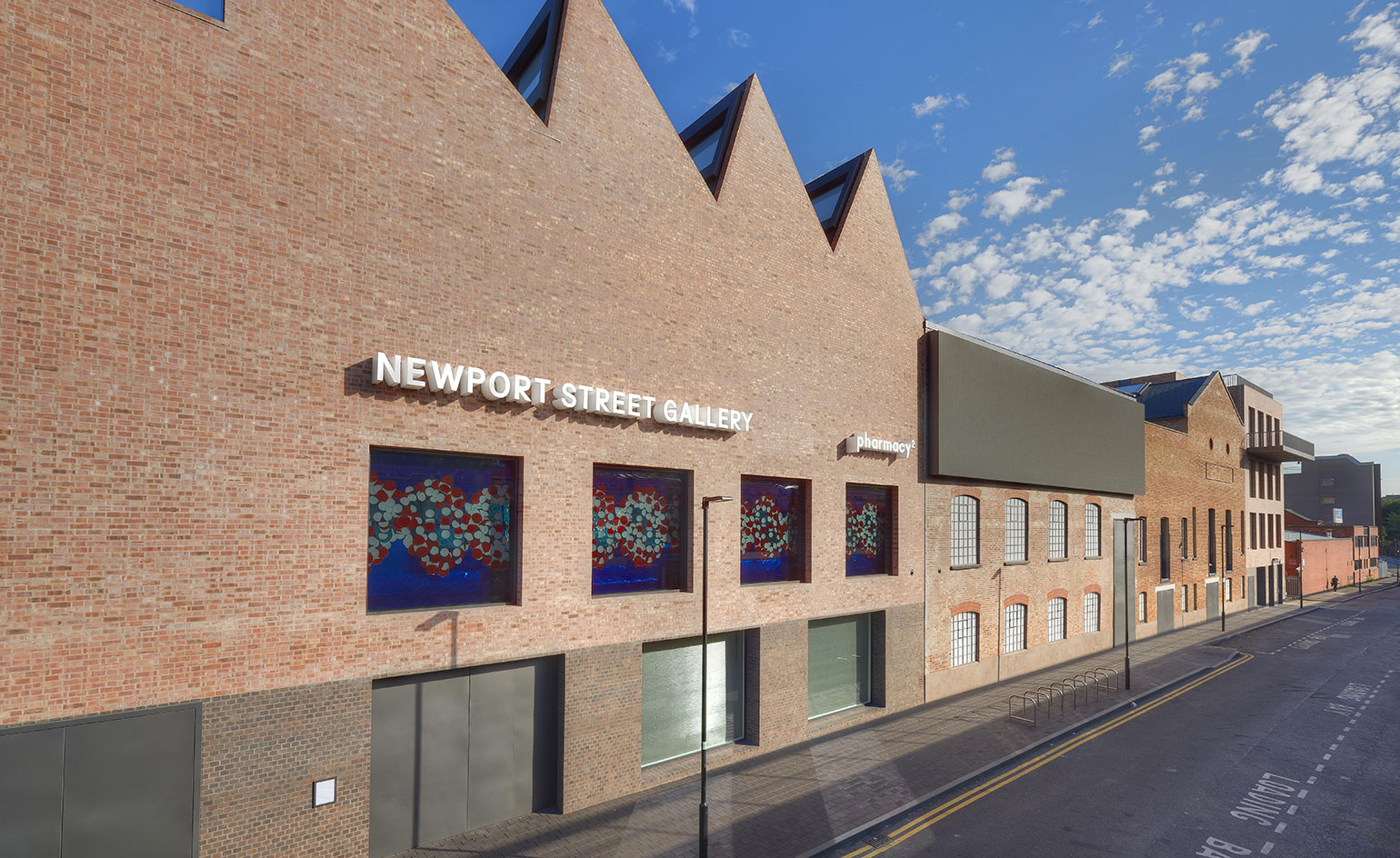
Vauxhall may not be the most obvious place for an ambitious art complex, yet this is indeed where the new gallery for Damien Hirst's collection can be found, quietly nestled behind the train track and arches in South London, occupying almost half of the small street.
Designed by London-based Caruso St John - of New Art Gallery Walsall and Tate Britain Milbank Project fame - Newport Street Gallery is an intriguing collage of five buildings. Each holds its distinct façade, yet the composition forms a coherent whole - the architects treated it as a unified complex, working with material, such as brick colours, that fitted well together. 'They've approached the project with great sensitivity and vision,' says the gallery's curator, Hugh Allan.
At 37,000 sq ft, the gallery is expansive, its display rooms specifically spanning two levels and four of the five buildings. Three of them were existing structures, listed old scenery painting studios that were purpose built in 1913, which the architects refurbished for the new gallery's needs. They used to be dramatic, single-height spaces and after Caruso St John's intervention, while the space is now divided into two levels, a subtle drama remains, with tall ceilings and light flooding in from large openings on the sides.
'The [original] spaces were too big to be used as galleries,' explains Peter St John. 'Now, there is a lot of flexibility in the scale and arrangement of the galleries.' These historical buildings are book-ended by two new builds - a striking saw-tooth, corner one, which marks the complex's main entrance and way to the café, and a slim structure at the end of the row, housing the gallery's office space and dedicated shop.
Three sculptural, white engineering brick staircases connect the different floors and buildings inside, featuring a smooth timber handrail on one side - made at the same German manufacturer Caruso St John used in their Tate Britain project - and a cast concrete one on the other, cleverly appearing to be carved into the wall. 'It is about making stairs more than just being perfunctory and providing a means of escape; they also make the building more expansive and public,' explains St John.
This is certainly a busy week for the East London practice. Their Gagosian Gosvernor Hill project throws open its doors in a couple of days, as does their Liverpool Philharmonic; a sensitive refurbishment and expansion of the 1939 grade II* listed concert hall.
Newport Street Gallery is the first to launch in this series, opening to the public today - although its fittingly pharmacy-themed café and restaurant will not be serving till 2016. Newport Street Gallery's inaugural exhibition will be 'Power Stations', a solo show of work by John Hoyland (1934-2011); the first one since the artist's death.
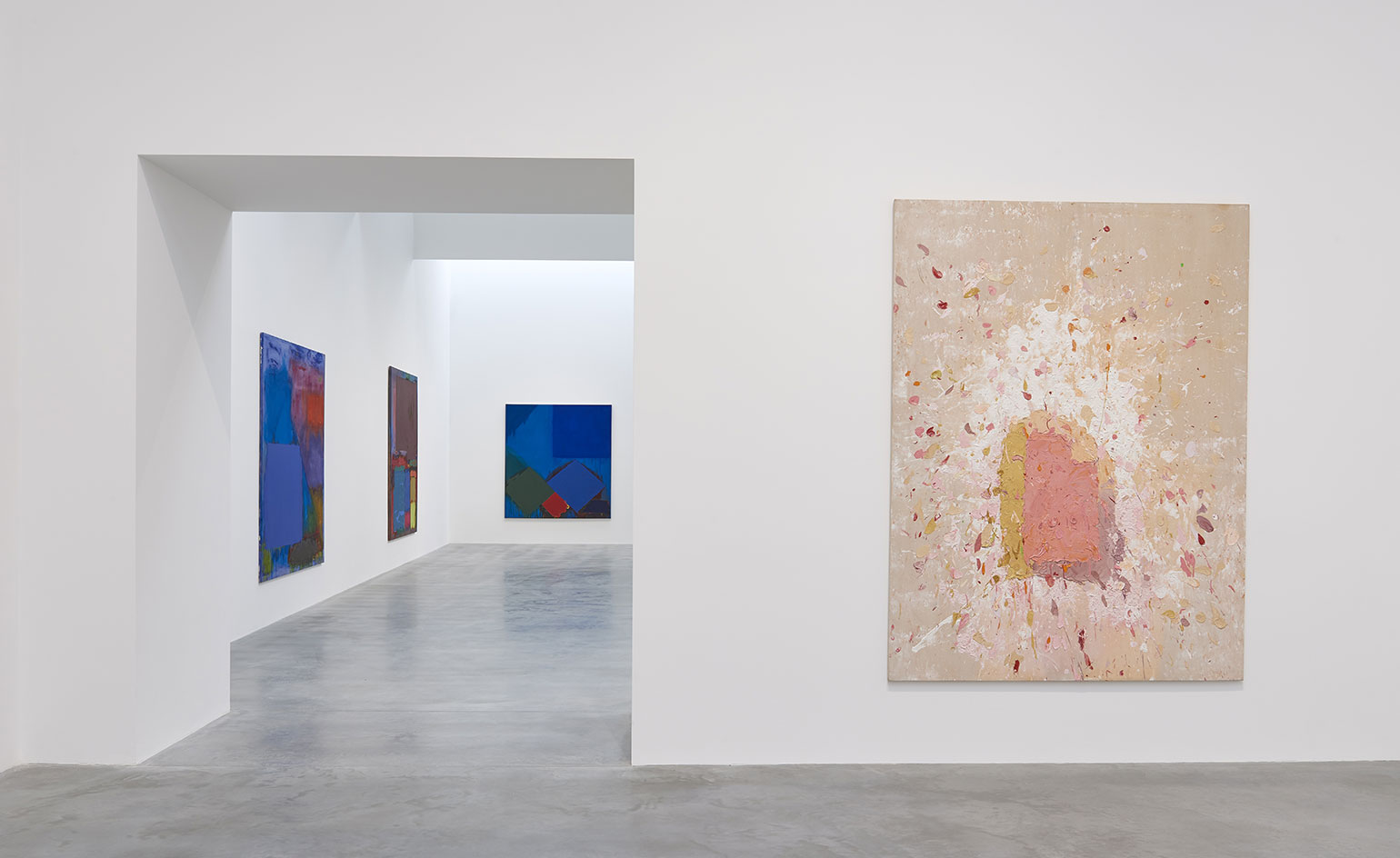
The gallery opens to the public today and offers ample gallery space. It was designed especially for Hirst's collection.
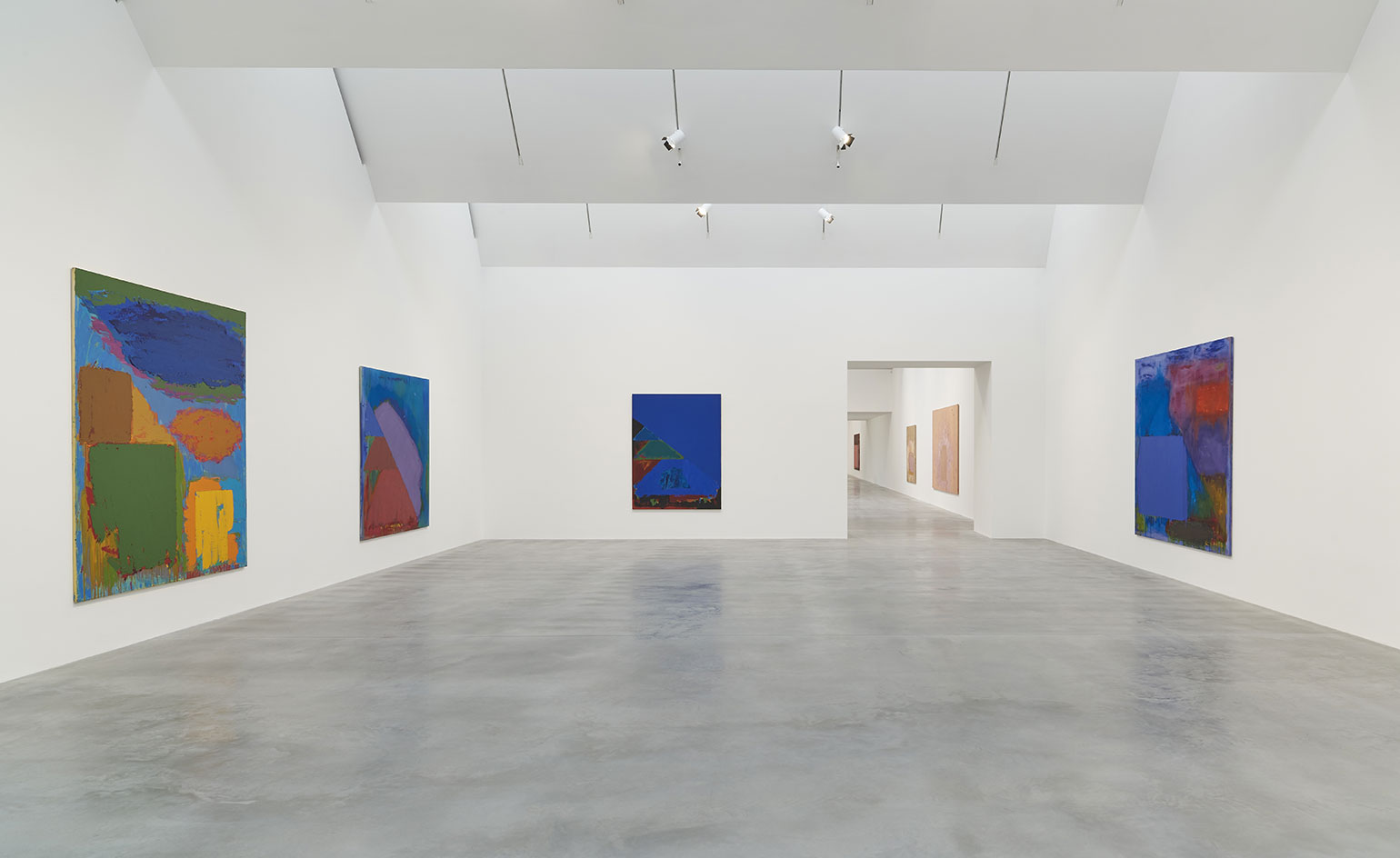
The project comprises five adjacent buildings with distinct facades, which translate inside to clean, white and flexible spaces for art display

Spanning two levels, the galleries are complemented by a shop, office space and a cafe/restaurant, which will open in 2016
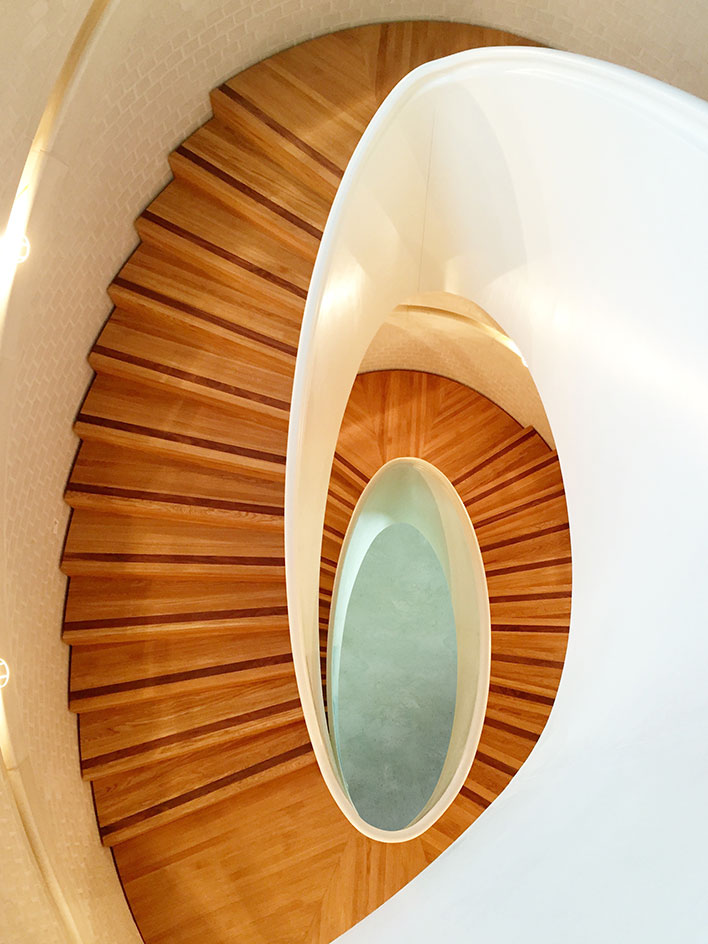
Three main staircases connect the different levels, and become sculptural pieces in themselves
INFORMATION
Newport Street Gallery
Newport St
London SE11 6AJ
Photography: Prudence Cuming Associates, copyright Kioyar Ltd
Receive our daily digest of inspiration, escapism and design stories from around the world direct to your inbox.
Ellie Stathaki is the Architecture & Environment Director at Wallpaper*. She trained as an architect at the Aristotle University of Thessaloniki in Greece and studied architectural history at the Bartlett in London. Now an established journalist, she has been a member of the Wallpaper* team since 2006, visiting buildings across the globe and interviewing leading architects such as Tadao Ando and Rem Koolhaas. Ellie has also taken part in judging panels, moderated events, curated shows and contributed in books, such as The Contemporary House (Thames & Hudson, 2018), Glenn Sestig Architecture Diary (2020) and House London (2022).
-
 Modernism for sale: a Norman Jaffe-designed icon on Shelter Island hits the market
Modernism for sale: a Norman Jaffe-designed icon on Shelter Island hits the marketThe Osofsky House epitomised the glamour of high-end 70s modernism on Long Island. Now updated and refurbished, it’s back on the market for the first time in over two decades
-
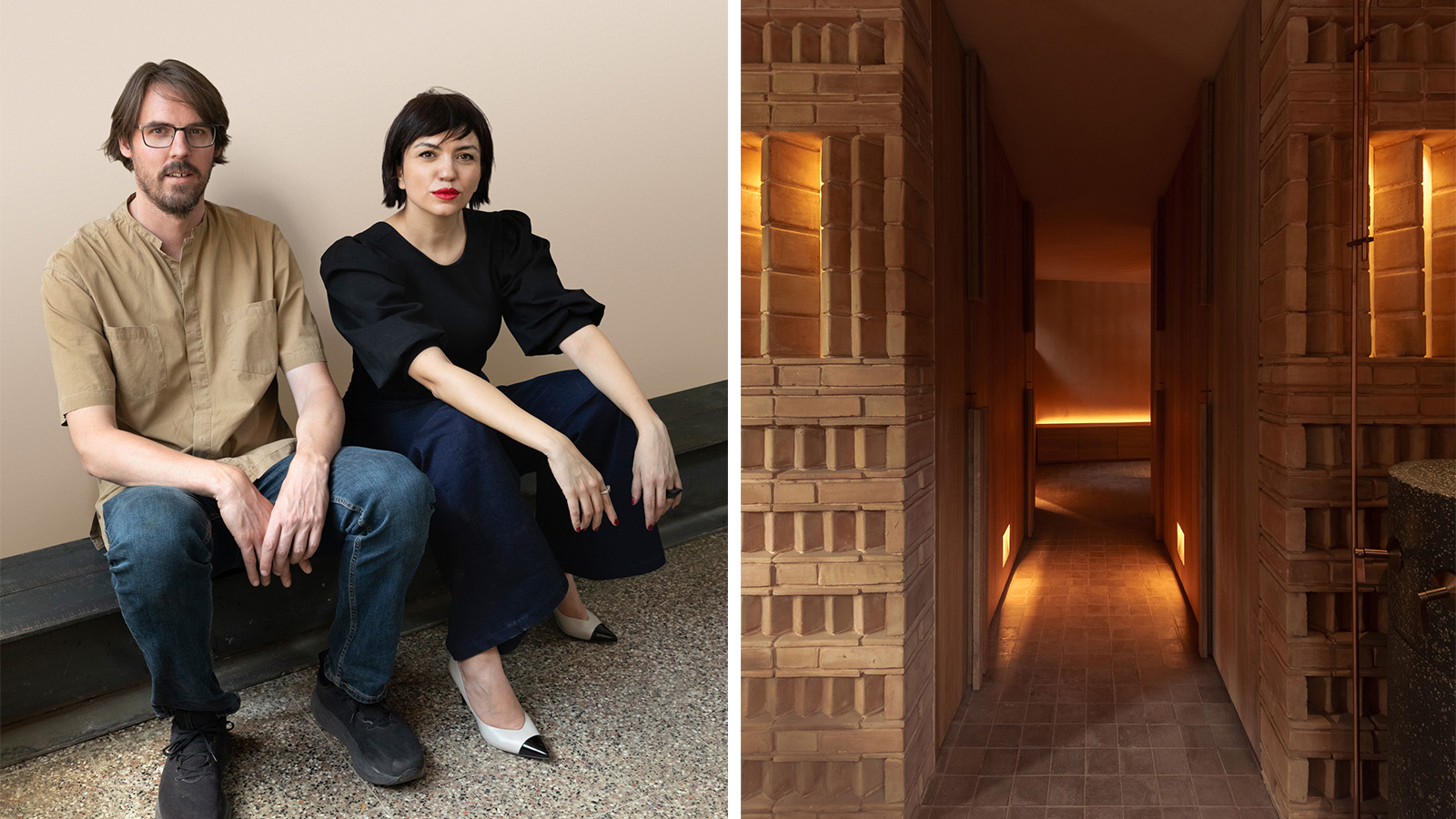 Discover Locus and its ‘eco-localism' - an alternative way of thinking about architecture
Discover Locus and its ‘eco-localism' - an alternative way of thinking about architectureLocus, an architecture firm in Mexico City, has a portfolio of projects which share an attitude rather than an obvious visual language
-
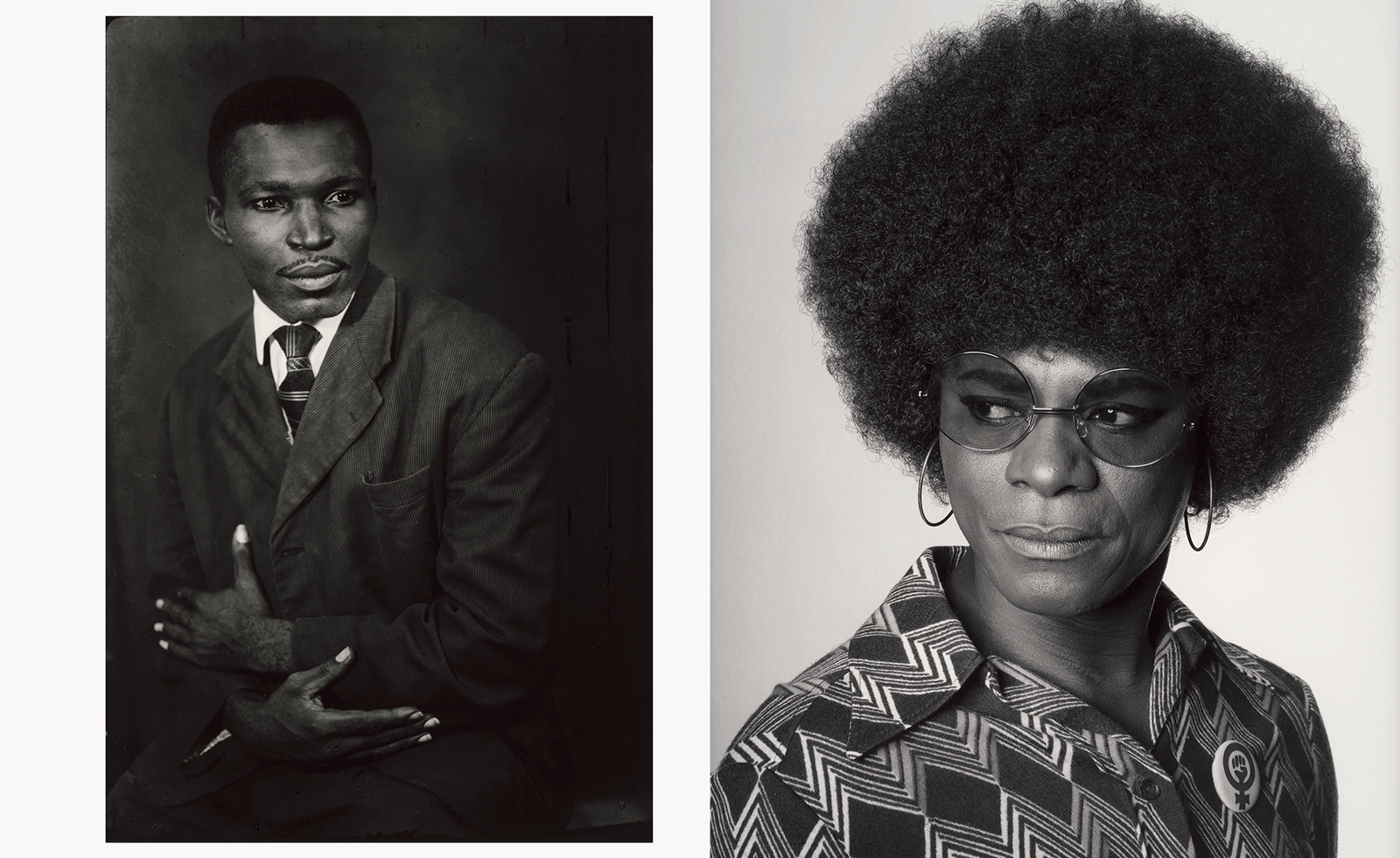 MoMA celebrates African portraiture in a far-reaching exhibition
MoMA celebrates African portraiture in a far-reaching exhibitionIn 'Ideas of Africa: Portraiture and Political Imagination' at MoMA, New York, studies African creativity in photography in front of and behind the camera
-
 Out of office: The Wallpaper* editors’ picks of the week
Out of office: The Wallpaper* editors’ picks of the week'Tis the season for eating and drinking, and the Wallpaper* team embraced it wholeheartedly this week. Elsewhere: the best spot in Milan for clothing repairs and outdoor swimming in December
-
 Out of office: The Wallpaper* editors’ picks of the week
Out of office: The Wallpaper* editors’ picks of the weekFar from slowing down for the festive season, the Wallpaper* team is in full swing, hopping from events to openings this week. Sometimes work can feel like play – and we also had time for some festive cocktails and cinematic releases
-
 The Barbican is undergoing a huge revamp. Here’s what we know
The Barbican is undergoing a huge revamp. Here’s what we knowThe Barbican Centre is set to close in June 2028 for a year as part of a huge restoration plan to future-proof the brutalist Grade II-listed site
-
 Out of office: The Wallpaper* editors’ picks of the week
Out of office: The Wallpaper* editors’ picks of the weekIt’s wet, windy and wintry and, this week, the Wallpaper* team craved moments of escape. We found it in memories of the Mediterranean, flavours of Mexico, and immersions in the worlds of music and art
-
 Each mundane object tells a story at Pace’s tribute to the everyday
Each mundane object tells a story at Pace’s tribute to the everydayIn a group exhibition, ‘Monument to the Unimportant’, artists give the seemingly insignificant – from discarded clothes to weeds in cracks – a longer look
-
 Out of office: The Wallpaper* editors’ picks of the week
Out of office: The Wallpaper* editors’ picks of the weekThis week, the Wallpaper* team had its finger on the pulse of architecture, interiors and fashion – while also scooping the latest on the Radiohead reunion and London’s buzziest pizza
-
 Out of office: The Wallpaper* editors’ picks of the week
Out of office: The Wallpaper* editors’ picks of the weekIt’s been a week of escapism: daydreams of Ghana sparked by lively local projects, glimpses of Tokyo on nostalgic film rolls, and a charming foray into the heart of Christmas as the festive season kicks off in earnest
-
 Wes Anderson at the Design Museum celebrates an obsessive attention to detail
Wes Anderson at the Design Museum celebrates an obsessive attention to detail‘Wes Anderson: The Archives’ pays tribute to the American film director’s career – expect props and puppets aplenty in this comprehensive London retrospective